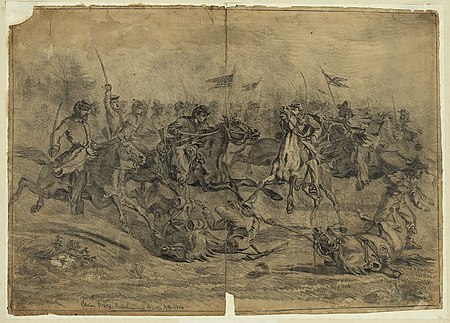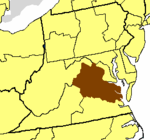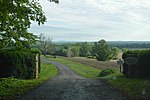Battle of Brandy Station

The Battle of Brandy Station, also called the Battle of Fleetwood Hill, was the largest predominantly cavalry engagement of the American Civil War, as well as the largest ever to take place on American soil. It was fought on June 9, 1863, around Brandy Station, Virginia, at the beginning of the Gettysburg Campaign by the Union cavalry under Maj. Gen. Alfred Pleasonton against Maj. Gen. J. E. B. Stuart's Confederate cavalry. Union commander Pleasonton launched a surprise dawn attack on Stuart's cavalry at Brandy Station. After an all-day fight in which fortunes changed repeatedly, the Federals retired without discovering Gen. Robert E. Lee's infantry camped near Culpeper. This battle marked the end of the Confederate cavalry's dominance in the East. From this point in the war, the Federal cavalry gained strength and confidence.
Excerpt from the Wikipedia article Battle of Brandy Station (License: CC BY-SA 3.0, Authors, Images).Battle of Brandy Station
Fleetwood Hill Battlefield Trail,
Geographical coordinates (GPS) Address Nearby Places Show on map
Geographical coordinates (GPS)
| Latitude | Longitude |
|---|---|
| N 38.5075 ° | E -77.88 ° |
Address
Fleetwood Hill Battlefield Trail
Fleetwood Hill Battlefield Trail
22714
Virginia, United States
Open on Google Maps








